Visitors come to the Last Frontier for many reasons, but high on most lists is the chance to spot the famed northern lights.
There’s no way to guarantee an aurora sighting during your trip to Alaska, but there are ways to up your odds. Knowing where and when is half the battle, and we can help with that.
Here are our best practices, tips and tricks for spotting the aurora borealis in Alaska.
There are several ingredients that create the perfect conditions for spotting the northern lights. The first is timing — peak season is from late August through April. This is because these months offer longer stretches of darkness (especially in the winter), maximizing your time to spot the lights.
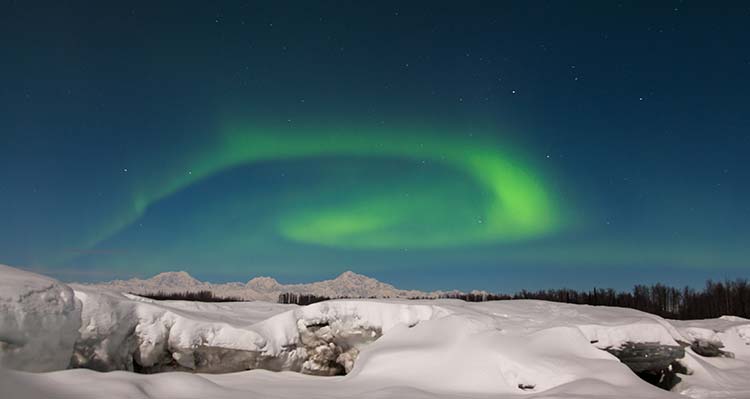
However, timing and darkness aren’t the only ingredients. Clear skies also play a role in seeing the aurora. This means March, with its clear skies and relatively long nights, is the month you’re most likely to see the lights. Plan your visit for the early or late season, which is luckily also a perfect way to avoid the summer crowds.
Besides timing, location is also a major factor in spotting the northern lights. An easy rule of thumb is the further north you go, the better your odds are. It's important to pick a location with low light pollution as well, so try to stay away from big city centers.
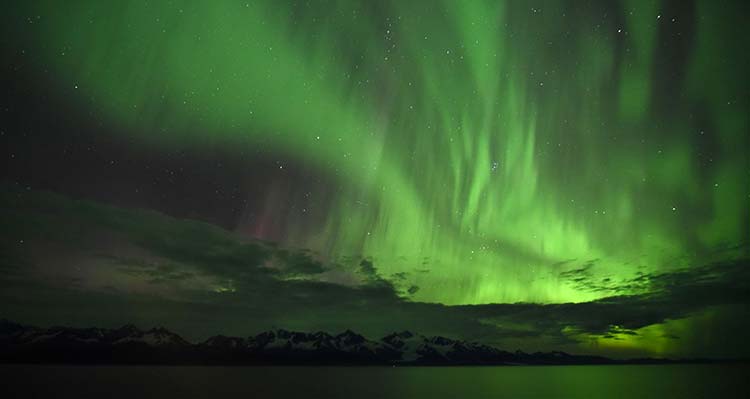
Anchorage: As mentioned above, the city lights mean you’ll have close to zero chance of spotting the aurora from the middle of town. While Anchorage isn’t best-known for its northern lights spottings, you can find tours that run outside of the city depending on the aurora forecast.
Given that Anchorage and the nearby Mat-su Valley constitute Alaska's most populous areas, you may notice heavy traffic out late if a good viewing is expected, meaning more headlights, more light pollution and less visibility. Going further north provides a chance to enjoy the sights in peace and quiet (and darkness).
Talkeetna: Located about two and a half hours north of Anchorage, Talkeetna makes an unbeatable spot for late-winter aurora adventures.
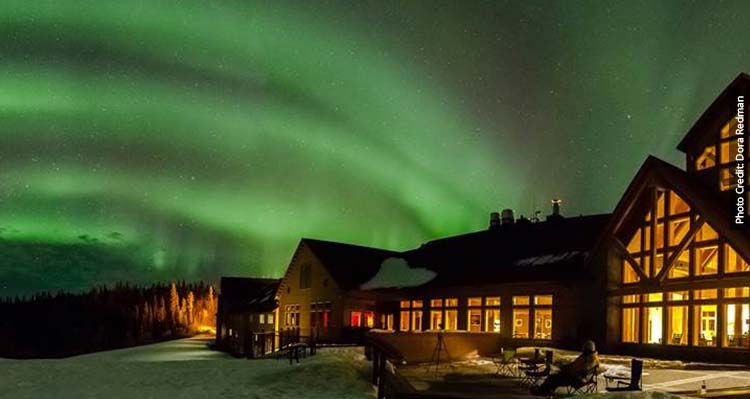
If you plan to stay in the area, Talkeetna Alaskan Lodge and its massive north-facing deck means you'll have unobstructed views if the lights make an appearance. Plus, from this location, you’ll be able to see the aurora over Denali National Park and the towering Alaska Range. You’ll also be able to find activities, dining events and photography workshops from March through April at the lodge, making it an unforgettable off-peak destination regardless of your luck with the lights.
Learn more about spotting the aurora in Talkeetna
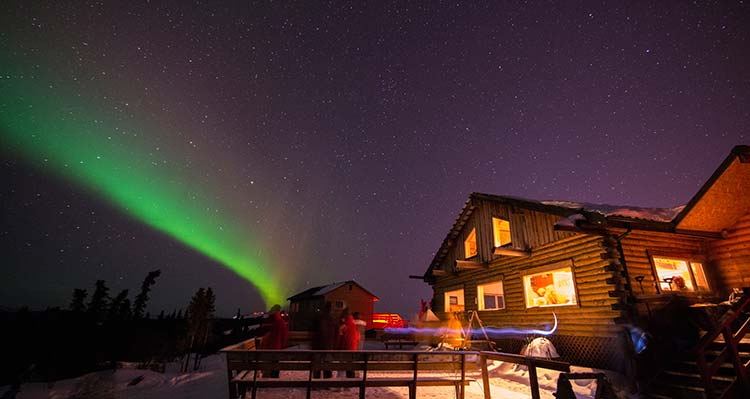
Fairbanks & beyond: Head farther north to Fairbanks or even beyond the Arctic Circle for the best chance to view the northern lights in all their vibrant glory. These locations are beneath the Auroral Oval, a region in the northern hemisphere where activity for prime aurora spotting is concentrated.
Be warned, though — winter up north can get dark and cold, especially in the months where northern lights sightings are most likely. If you plan to choose this path, we suggest taking advantage of those early or late months closer to spring and summer, unless you’re a real winter enthusiast!
Stay smart: Pick the right stay for you. You can be bold and stay at a remote lodge, book an overnight ice fishing trip or take on a camping adventure if you're an experienced backcountry explorer. For cozy lodging in Talkeetna, you can’t beat Talkeetna Alaskan Lodge. Sign up for their aurora wake-up call service at check in to be alerted when the northern lights are visible at any time of night.
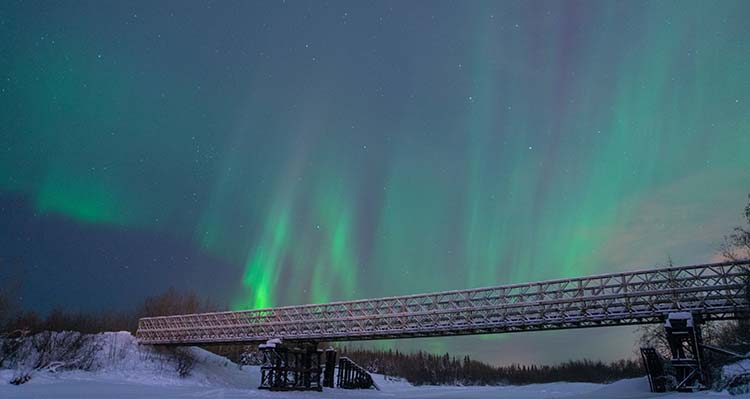
Stay informed: There are several tools you can use to track the aurora and up your odds of a sighting. Check out services like the Aurora Forecast, Aurora Viewline and Aurora Tracker to help you stay up to date on conditions. Some Alaskans dedicate their time to moderate Facebook pages, such as Alaska Aurora, that will help you maximize your chances of a spotting, too.
Stay warm: The aurora borealis usually makes its grand appearance between the hours of 10 p.m. and 2 a.m. No matter the time of year, this can be a rather chilly time to step outside. Make sure to show up prepared so you can focus on enjoying the view rather than getting feeling back in your toes. A cozy sweater, winter jacket, thick socks and warm footwear are recommended.
The best place to start your aurora borealis journey is by booking your stay at Talkeetna Alaskan Lodge. Check out rates today for your next adventure.
Insider tips, inspiration and deals — delivered straight to your inbox.